- About us
- Support the Gallery
- Venue hire
- Publications
- Research library
- Organisation chart
- Employment
- Contact us
- Make a booking
- Onsite programs
- Online programs
- School visit information
- Learning resources
- Little Darlings
- Professional learning
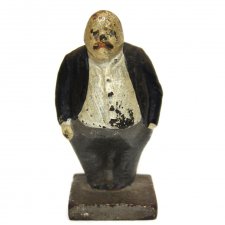
Sarah Engledow explores the history of the prime ministers and artists featured in the exhibition.
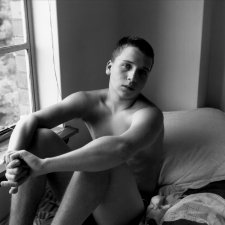
Dr Sarah Engledow, National Photographic Portrait Prize judge and curator, introduces the 2011 Prize.
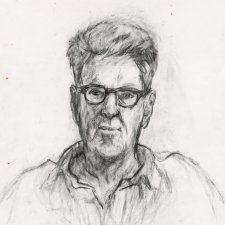
Sarah Engledow looks at three decades of Nicholas Harding's portraiture.
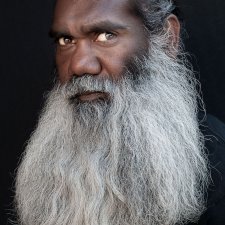
Dr Sarah Engledow, National Photographic Portrait Prize judge and curator, introduces the 2017 Prize.

It is not every day that a national gallery turns its walls over to the animal companions that bring unconditional love and joy to their owners but this summer we have opened the doors to 15 contemporary artists with very different ways of depicting our furry, feathered and scaled pets.

It’s a matter beyond dispute that in the entire history of Australian art, it’s Noel McKenna who’s painted the liveliest rendition of the head of a Chihuahua.

Over the years the young Nicholas Harding got his hands on various mice and guinea pigs, but they served mainly to illustrate the concept of mortality.
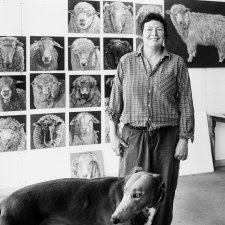
Most well-regarded pictures of chickens show them dead. A reliable way to tell if a chicken in a painting is dead is to check if it’s hanging upside down, because unlike, say, cockatoos, chickens don’t practise inversion for enjoyment in life.
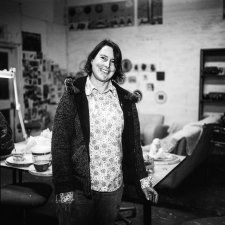
Anna Culliton never had a colouring-in book when she was little. Her parents –Tony, a filmmaker, and Stephanie, a painter – wouldn’t let her have one. Instead, they insisted on her drawing her own pictures to colour-in.

Jude Rae’s high reputation rests on her austere, cerebral still lifes of gas canisters, electric jugs and jars, which she groups and rearranges for paintings that catch their difficult curves and reflections. Her self-portrait’s likewise thoughtfully composed.
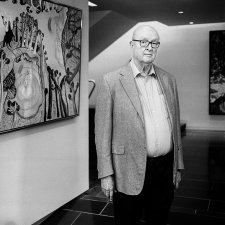
Unique in the world, perhaps, is a bronze sculpture that fuses the age-old human portrait bronze tradition, and the later genre of the bronze pug figurine: that’d be William Robinson’s Self-portrait with pug.
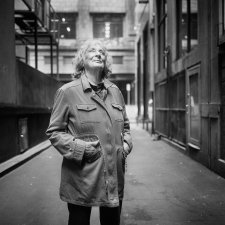
When soulmates Janet Dawson and Michael Boddy moved from Sydney to a property, Boddy was clear about why: ‘Our marriage is one long conversation - we moved to the bush so we could talk to each other without so many interruptions.’

Basil grew into a speckled beauty – a long-legged leaper and an exceptionally vocal dog, with a great register of sounds, ascending in shock value from a whimper to a growl to a bark to a yelp that’s a violation of the ears.
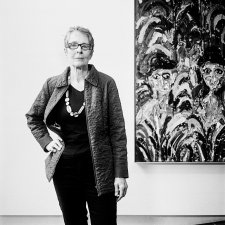
Going around a gallery with a child, we point to a painting of a dog and brightly ask ‘What’s that?’ If they don’t say ‘A dog’, we tell them that’s what it is. We don’t say it’s a shape inscribed by an artist that’s popularly understood to signify a dog. That’d only serve to foster a smarty-pants.
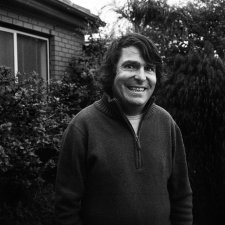
The wild balancing act of McDonald’s home décor (is that there as a joke? where do I actually sit down? is this ironic or what? what a lovely photo of Darren and Robin in Europe!) is reflected in his own personality.
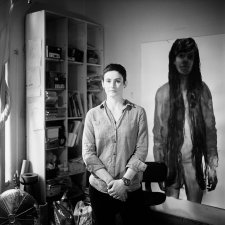
Fiona aims to create a dangerous situation with a flood of water on the paper, forcing each work to the point where it can fail, and then rescuing it.
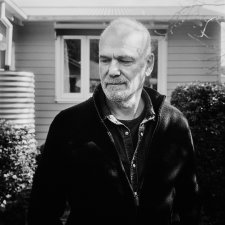
I like talking about Drendel’s pictures as if they expressed dreams of my own.

Shen Jiawei was born in China. During the Cultural Revolution he laboured in the Great Northern Wilderness, but even as he worked there, he gained recognition as an artist.
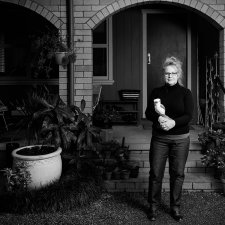
Robyn's parents had two terriers, Wuff and Snuff. In spite of Snuff’s ominous name and a couple of close shaves – once, he jumped out of a moving car, and another time, on a long road trip, he was accidentally left behind at a petrol station – he outlived Wuff.
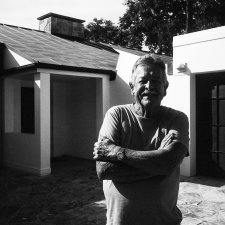
With a mum who was married to a tradie, you’d think it a fair chance that the baby Jesus would have grown up with a dog in the house.
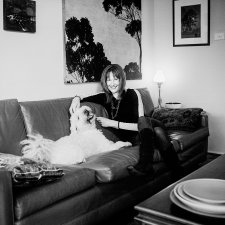
Curator, Sarah Engledow, introduces the artists and the animals in The Popular Pet Show.

Sarah Engledow writes about Gordon and Marilyn Darling and their support for the National Portrait Gallery throughout its evolution.
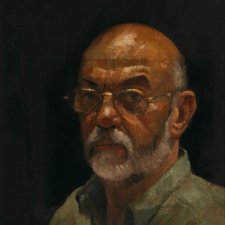
Sarah Engledow chronicles Rick Amor's work and accomplishments in this extensive essay in conjunction with the exhibition Rick Amor: 21 Portraits.

One night in the spring of 1970 in an old house in Whale Beach, north of Sydney, John Witzig, Albe Falzon and David Elfick put together the first issue of Tracks, playing Neil Young’s album Harvest over and over again as they pasted up galleys of type.
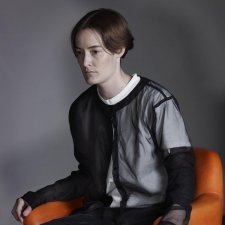
Dr Sarah Engledow, National Photographic Portrait Prize judge and curator, introduces the 2014 Prize.